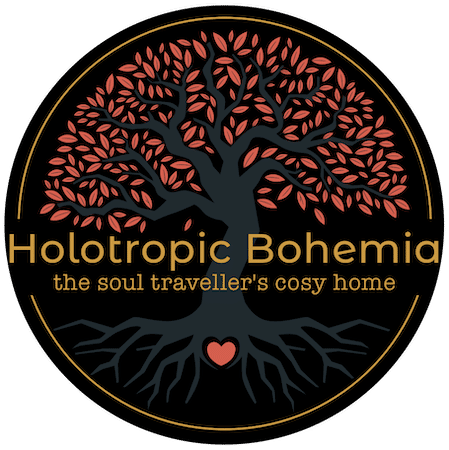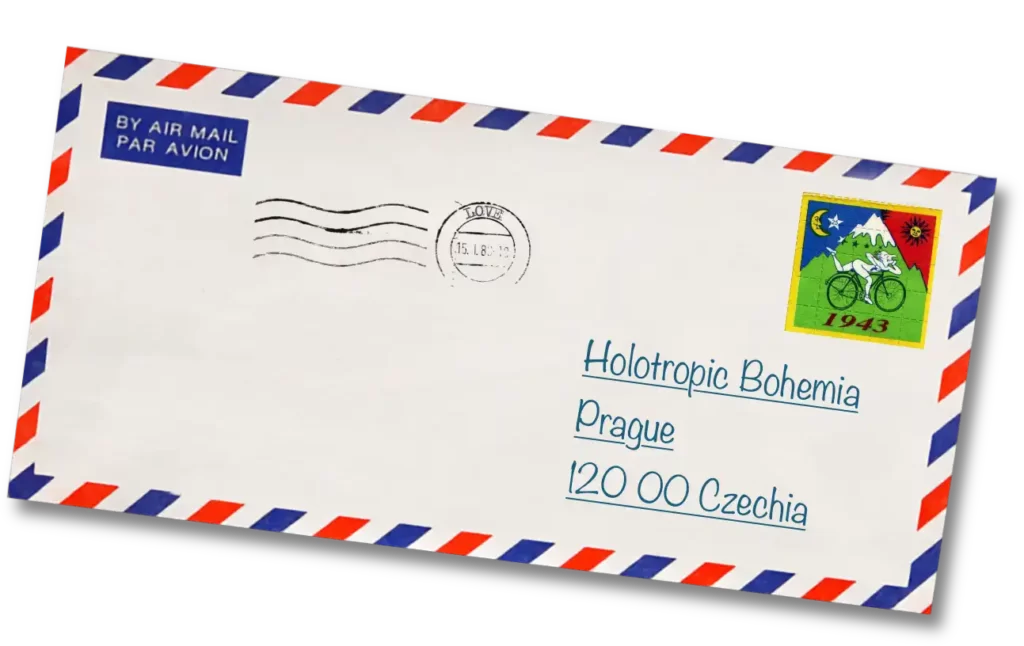Holotropic Bohemia Reviews
Thank you, dear reviewers!

Tomasz
May 25th, 2024
I took part in a double holotropic workshop in Buchov, which to me feels like I’ve started a new chapter in my life! I am filled to the brim with the things that I am still unpacking – not only because of the holotropic breathwork itself, but also because of the people that were attending this event (both my fellow breathers *and* facilitators) – I can hardly remember the last time when I felt so connected to so many human beings at once (and mind you, this statement comes from a guy who don’t usually use the word “connection” in such meaning, haha). Also, I am really amazed how well-thought this workshop was.
Each part of it was perfectly fitting into some bigger structure, which was provided to us, the participants, in a totally safe environment (both physical and mental). The importance of this last aspect cannot be overstated – to truly let yourself go into your internal quest, you really need something like that. Roman and the rest of the team did an excellent job here, and I would like to thank them for that! It is also worth to mention that the venue itself was just perfect – I especially liked how the breathing/meditation hall was reminding me of something like a church – a simple one, and not tied to any particular tradition. Finally, a special “thank you!” goes to the kitchen crew, who prepared delicious meals for us (also vegan ones!).

Wonderful people, a wonderful location and an extraordinary team of facilitators have made it a breathtaking weekend that is glowing after for a long time.
Thank you all!
I participated in a retreat in Buchov and can only say it was absolutely fantastic!
The team did a spectacular job in taking care of all participants, making everyone feel safe and comfortable to aid their personal developments.
The location was also just lovely and set the stage for meaningful experiences.
The same was true for accommodation, facilities and food. You could just leave all concerns behind and focus on what’s important.
A big thanks to all the facilitators and a strong recommendation for everyone on the path of personal growth.
Roman and Šárka were absolutely amazing, they created a pleasant and safe environment, guided us through the whole experience and took great care of us. The group was really nice. It was a very powerful experience and I don't think it will be my last. If you're thinking about going, I can only recommend it!
Thank you guys once again for such professional facilitation!
Highly recommend to make your own magical experience at that magnificent location🙏🏻



